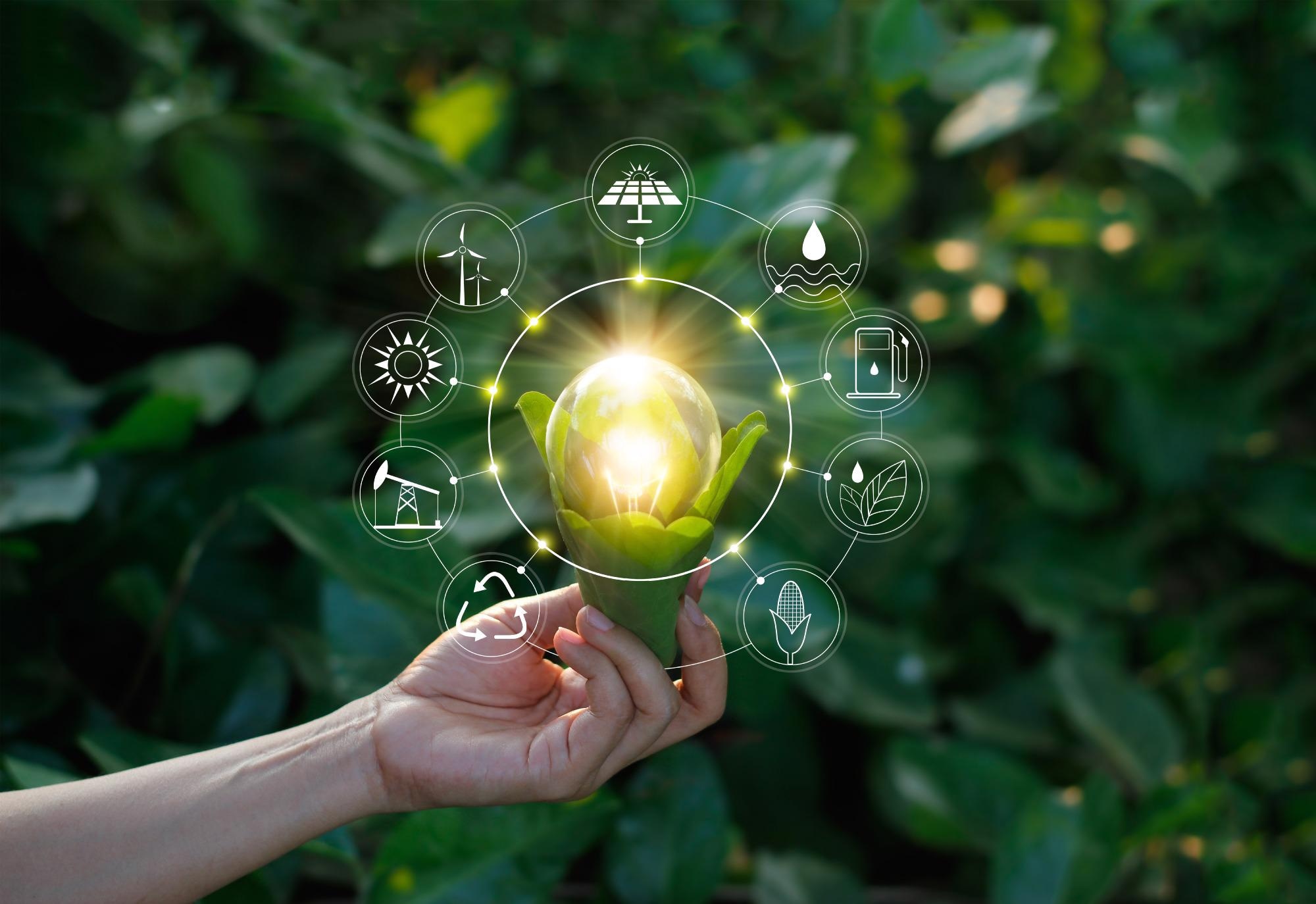Reviewed by Alex SmithSep 1 2021
A bioengineer from Cornell University, Buz Barstow, PhD ’09, is working to resolve the issue faced with developing an eco-friendly, low-cost and large-scale system for storing and retrieving energy from renewable energy sources such as solar and wind.

Image Credit: Shutterstock.com/ PopTika
At present, there are no sustainable methods available for storing green energy. It is to be noted that batteries are environmentally toxic.
A bacteria called Shewanella oneidensis presents a solution for this issue. The microbe is capable of taking electrons into its metabolism and utilize the energy to generate necessary precursors for “fixing” carbon. This usually happens when plants or organisms take carbon from CO2 and add it to an organic molecule, usually sugar.
Barstow has been working to develop a new bacteria that moves a step ahead by using the precursor molecules to produce organic molecules, such as biofuels.
The study titled “Identification of a Pathway for Electron Uptake in Shewanella oneidensis” was published in the journal Communications Biology, on August 11th, 2021. The study described, for the first time, a mechanism in Shewanella that enables the microbes to take energy into its system for use in its metabolism.
There are only a very small number of microbes that can really store renewable electricity.
Buz Barstow, Study Senior Author and Assistant Professor of Biological and Environmental Engineering, College of Agriculture and Life Sciences
According to Barstow, even fewer microbes are capable of fixing CO2.
He added, “We want to make one. And in order to do that we need to know the genes that are involved in getting the electrons into the cell.”
The researcher employed a method called “knockout sudoku.” This technique was developed by Barstow and the team to facilitate the inactivation of genes one by one, for identifying their functions.
We found a lot of genes that we already knew about for getting electrons out of the cell are also involved in getting electrons in. Then we also found this totally new set of genes that nobody’s ever seen before that are needed to get electrons into the cell.
Buz Barstow, Study Senior Author and Assistant Professor of Biological and Environmental Engineering, College of Agriculture and Life Sciences
First author Annette Rowe, PhD ’11, an assistant professor of microbiology at the University of Cincinnati, found the pathway facilitates by these genes to moves electrons into Shewanella’s metabolism.
It is observed that the pathway for converting carbon dioxide into sugars and ultimately biofuels is highly efficient. It could also be optimized and made less expensive to run.
The researchers identified homologous genes in several different genera of bacteria, making them suspect that before life on Earth developed photosynthesis, bacteria may have used a similar metabolism that used electrons from oxidizing iron to pull carbon from carbon dioxide for producing sugar.
When we build a microbe that can eat electrons, which we are doing now, it will incorporate those genes.
Buz Barstow, Study Senior Author and Assistant Professor of Biological and Environmental Engineering, College of Agriculture and Life Sciences
Barstow looks forward to beginning by adding the genes to Escherichia coli, a bacterium that is greatly analyzed and simple to work with. Engineered bacteria powered by electrons pave the way for using renewable energy for making biofuels, chemicals, food and for carbon sequestration.
The co-authors of the study are Farshid Salimijazi, a doctoral student in Barstow’s lab; Leah Trutschel, a doctoral student in Rowe’s lab; and Michael Baym, assistant professor of biomedical informatics at Harvard.
The study was financially supported by the Burroughs Welcome Fund, the U.S. Department of Energy, and the U.S. Air Force Office of Scientific Research.
Journal Reference:
Rowe, A. R., et al. (2021) Identification of a pathway for electron uptake in Shewanella oneidensis. Communications Biology. doi.org/10.1038/s42003-021-02454-x.